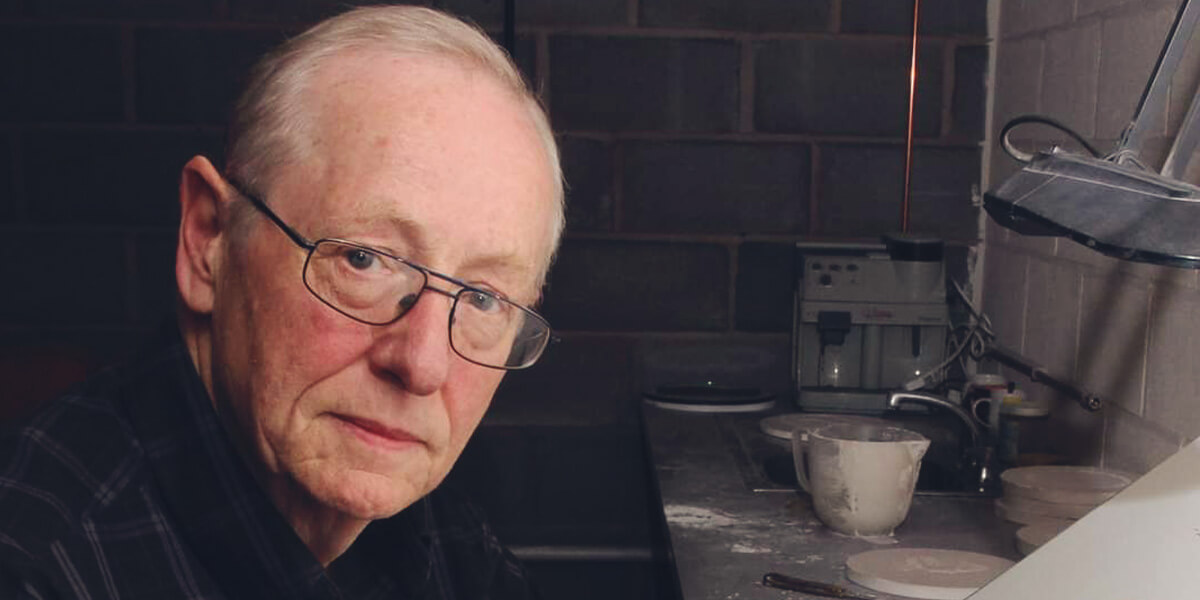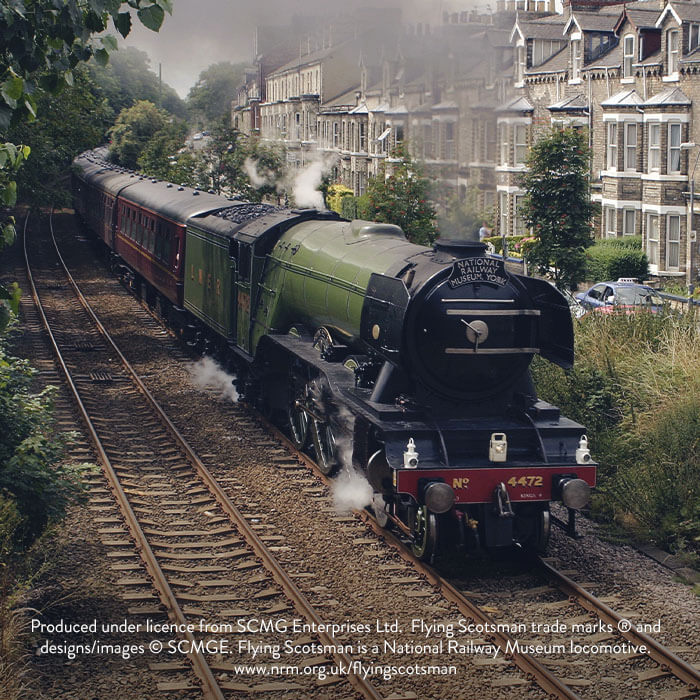With no formal training, John Bergdahl branched into the world of coin design for The Royal Mint 15 years ago when he entered an open competition to create designs for the definitive 1p, 2p, 5p, 10p, 20p and 50p coins. Despite his entries not being chosen as the winning designs, his talent piqued The Royal Mint’s attention. He helped finesse the winning designs and his designs have been chosen for a plethora of coins commemorating various themes ever since. We caught up with John Bergdahl to discuss his design commemorating 100 years of the most famous steam locomotive in the world, Flying Scotsman.

How did it feel when you found out that your design had been chosen to feature on the coin?
“It always feels good to be chosen for a coin design, even though I’ve had many designs chosen now. This subject did, however, instil a sense of trepidation, as vintage transport such as locomotives, cars or ships can be tricky to portray with accuracy, particularly on a surface as small as a coin. There are so many people out there with greater knowledge than me of the subject, so I was conscious of doing Flying Scotsman justice and capturing it in full detail.”
Do you have any personal connections to the subject matter?
“When I was growing up there weren’t any diesel or electric trains; they were all steam trains. I have quite fond memories of my childhood where we would save up money to catch the steam trains to the seaside, so I understand the nostalgic element to this theme.
“My family also had personal connections to the railways. Both my mother and auntie used to run a driver’s rest station, where train drivers would finish their shifts and spend the night. My mum and auntie would look after the drivers – cook them breakfast before starting their shift the next day, that sort of thing.”
How did you approach the initial design concept?
“I always dedicate the first day or two to thinking time. I’ll preconceive the image in my mind, even down to intricate details, and work out the exact composition I want to achieve before turning those visions into sketches.”

Did you undertake any research for the theme?
“One of the challenges with creating a design for Flying Scotsman is that the locomotive has undergone many subtle changes over the years, so I had to ensure my design was accurate. To achieve this accuracy, I got totally immersed in the subject, as I would with any creative project. I also researched the blueprints of the locomotive, which showed all angles of its anatomy, allowing me to produce a true representation of Flying Scotsman.”
Could you talk us through any iterations that led you to the final design?
“There were some alterations that occurred once I finished the plaster model. I had initially included the North Star in the design as the train in my mind was heading north through the night; I also created a version of the train travelling through the British countryside. I ultimately wanted to portray speed and movement in the design, which is why I included steam coming from the locomotive to convey the image of it travelling at great speed. There is also this romantic sentiment of the steam engine travelling through time, which is factually representative of Flying Scotsman’s 100-year journey. The Royal Mint Advisory Committee also provided me with feedback, on top of my personal research, to depict an accurate image of the locomotive and ensure the correct facets were included.”






